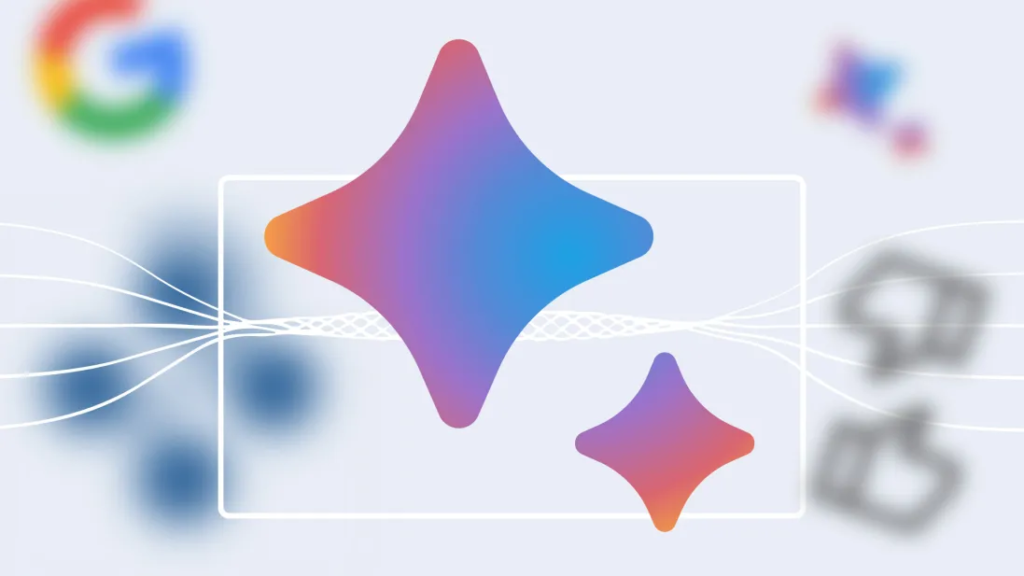In a surprising shift, Google has decided to remove its AI assistant Gemini from the main Google app for iOS devices. This move is aimed at encouraging users to download the standalone Gemini app, positioning it as a direct competitor to other popular AI chatbots like ChatGPT, Claude, and Perplexity. While this strategy could help Google streamline its AI offerings, it also risks alienating users who are accustomed to accessing Gemini within the familiar Google app.
In this article, we’ll explore the implications of Google’s decision, how it impacts iOS users, and what this means for the future of AI assistants. Whether you’re a tech enthusiast or a casual user, this guide will break down everything you need to know about this significant change.
Why is Google Removing Gemini from the iOS Google App?
A Strategic Shift
Google’s decision to pull Gemini from the main Google app is part of a broader strategy to position the Gemini app as a standalone product. By doing so, Google aims to:
- Compete Directly with AI Rivals: Standalone apps like ChatGPT and Claude have gained significant traction, and Google wants Gemini to be seen as a direct alternative.
- Enhance User Experience: A dedicated app allows Google to roll out new features and updates more efficiently.
- Monetize AI Services: The standalone app provides a clear pathway for users to upgrade to Gemini Advanced, Google’s paid AI subscription service.
The Risk of Reduced Reach
While this move has its advantages, it also comes with risks. The main Google app is already installed on millions of iOS devices, and many users may not be motivated to download a separate app. This could lead to a drop in Gemini’s overall usage, at least in the short term.
What Does This Mean for iOS Users?
How to Access Gemini Now
If you’re an iOS user who relies on Gemini, here’s what you need to know:
- Download the Gemini App: The standalone Gemini app is available on the App Store and offers all the features previously accessible through the Google app.
- Upgrade to Gemini Advanced: For advanced features, users can subscribe to Google One AI Premium, which is available as an in-app purchase.
Features of the Gemini App
The standalone Gemini app offers a wide range of capabilities, including:
- Voice Conversations: Use Gemini Live to engage in voice-based interactions with the AI assistant.
- Integration with Google Services: Connect Gemini to apps like Search, YouTube, Maps, and Gmail for a seamless experience.
- AI-Powered Tools: Create images, plan trips, get summaries, and explore topics with ease.
- Multiple Interaction Modes: Interact with Gemini via text, voice, or even your device’s camera.
The Challenges Ahead
User Adoption
One of the biggest challenges Google faces is convincing users to download the standalone Gemini app. While tech-savvy users may make the switch, casual users might find the extra step inconvenient.
Competition in the AI Space
The AI chatbot market is highly competitive, with players like OpenAI’s ChatGPT and Anthropic’s Claude already dominating the space. Google will need to differentiate Gemini to attract and retain users.
Potential Drop in Usage
By removing Gemini from the main Google app, Google risks losing users who don’t transition to the standalone app. This could impact Gemini’s overall reach and adoption rates.
Google’s Reminder: Gemini Isn’t Perfect

In its email to users, Google emphasized that Gemini can still make mistakes. The company advises users to double-check the AI’s responses, especially for critical tasks. This transparency is crucial for building trust, especially as AI becomes more integrated into daily life.
Expert Insights: What Analysts Are Saying
We reached out to Michael Chen, a tech analyst at FutureTech Insights, for his perspective on Google’s move.
“Google’s decision to pull Gemini from the main iOS app is a bold but calculated risk. While it may streamline their AI offerings and improve the user experience in the long run, the short-term challenge will be convincing users to adopt the standalone app. If Google can effectively communicate the value of Gemini, this move could pay off significantly.”
How to Make the Most of the Gemini App
Tips for iOS Users
- Explore All Features: Take advantage of Gemini’s voice, text, and camera-based interactions to get the most out of the app.
- Integrate Google Services: Connect Gemini to your Google apps for a more personalized experience.
- Consider Gemini Advanced: If you need advanced features, explore the Google One AI Premium subscription.
A New Chapter for Gemini
Google’s decision to remove Gemini from the main iOS Google app marks a significant shift in its AI strategy. While the move is aimed at strengthening Gemini’s position in the competitive AI landscape, it also comes with challenges, particularly around user adoption and reach.
For iOS users, the standalone Gemini app offers a wealth of features and capabilities, but the transition may require some adjustment. As Google continues to refine its AI offerings, one thing is clear: the future of AI assistants is evolving, and Gemini is poised to play a key role.
Key Takeaways
- Google is removing Gemini from the main Google app for iOS to encourage users to download the standalone Gemini app.
- The standalone app offers features like Gemini Live, integration with Google services, and advanced AI tools.
- Users can upgrade to Gemini Advanced through the Google One AI Premium subscription.
- The move is a strategic effort to compete with AI rivals like ChatGPT and Claude, but it risks reducing Gemini’s reach.
- Google reminds users that Gemini can still make mistakes and advises double-checking its responses.








